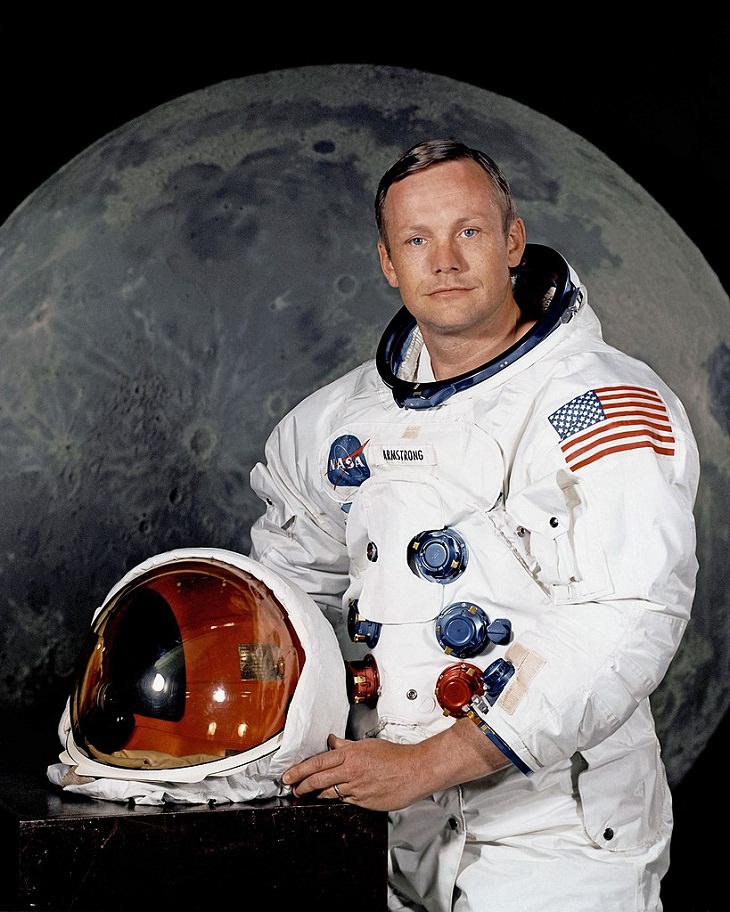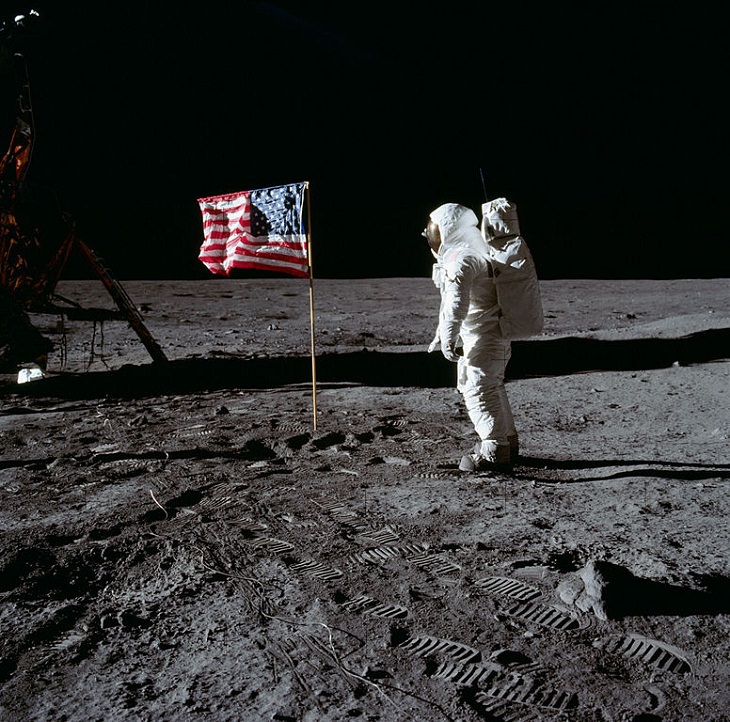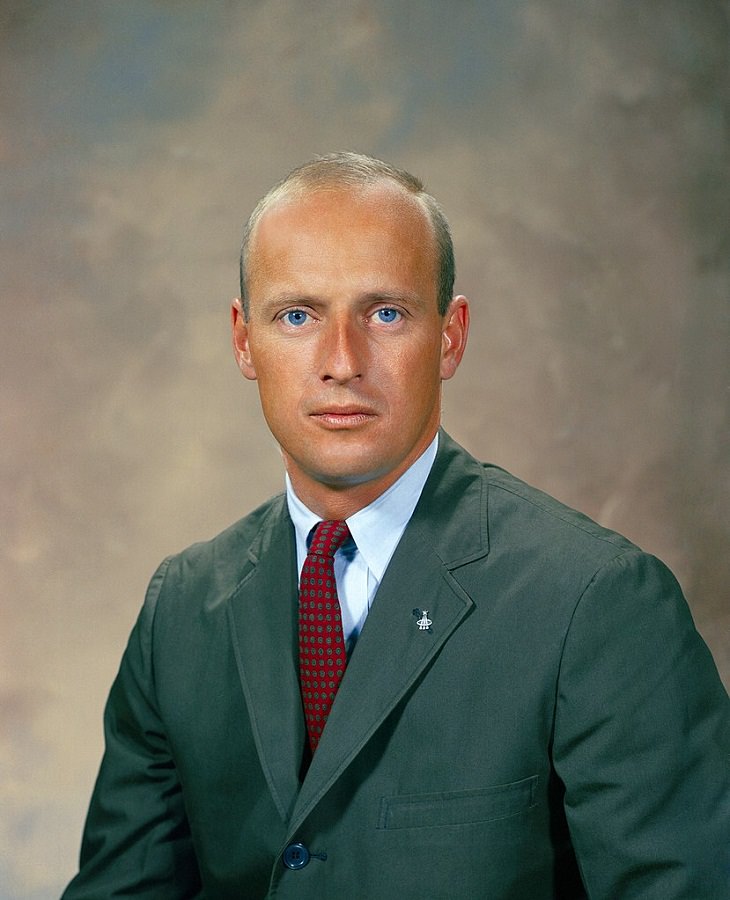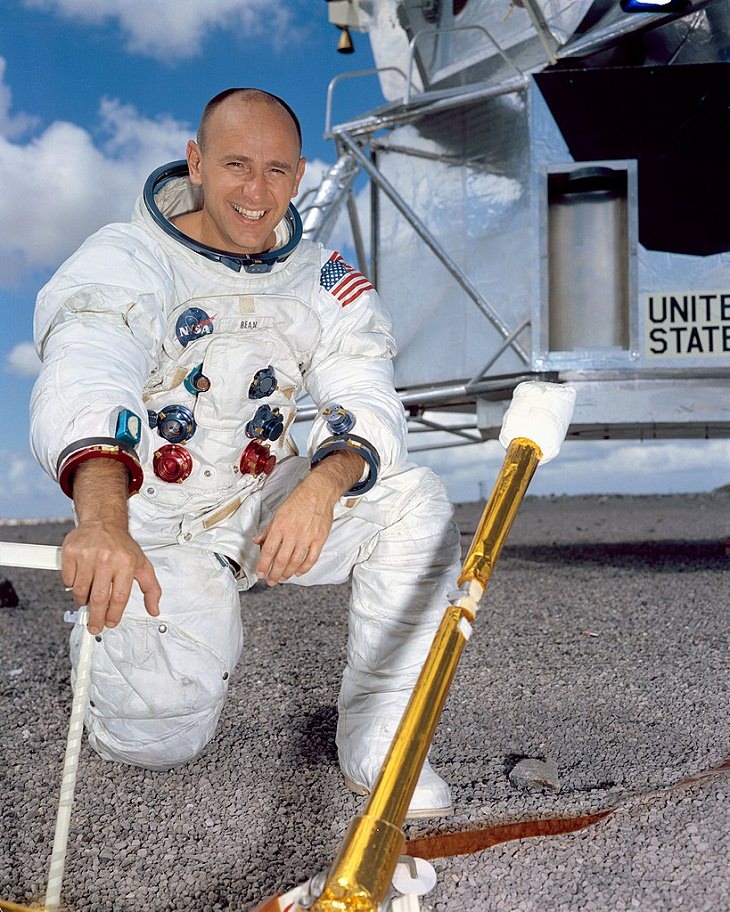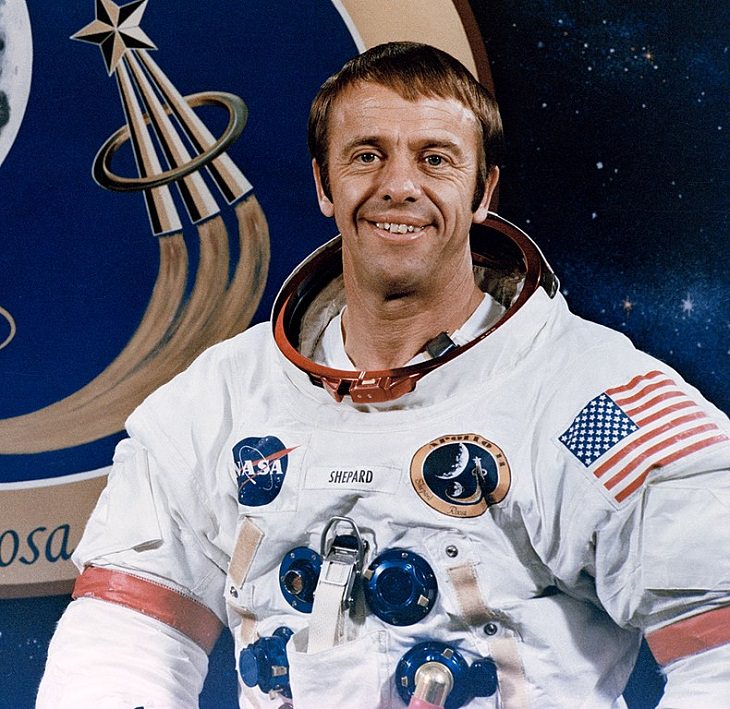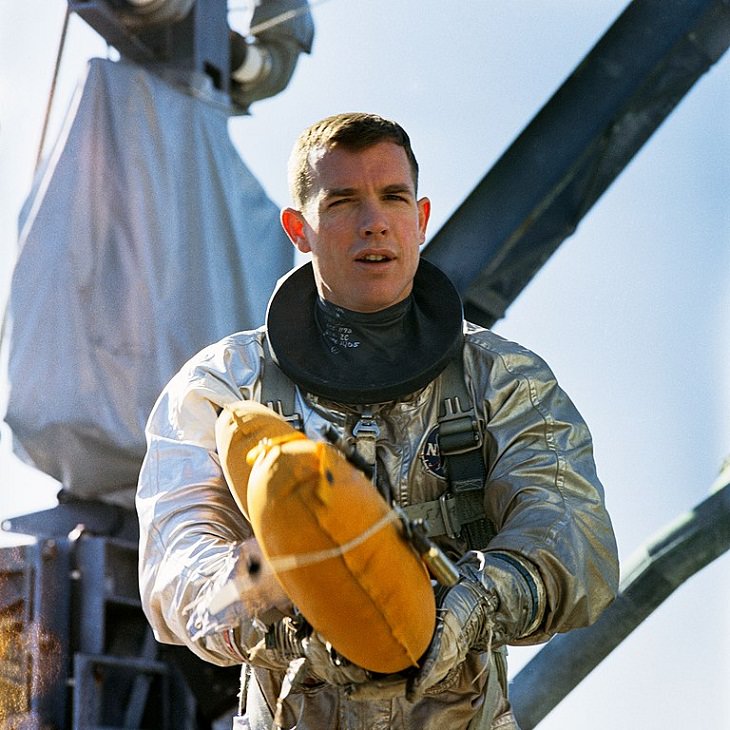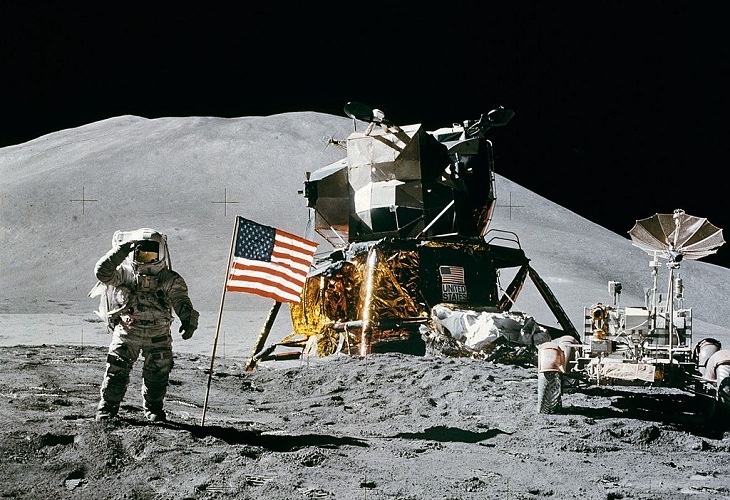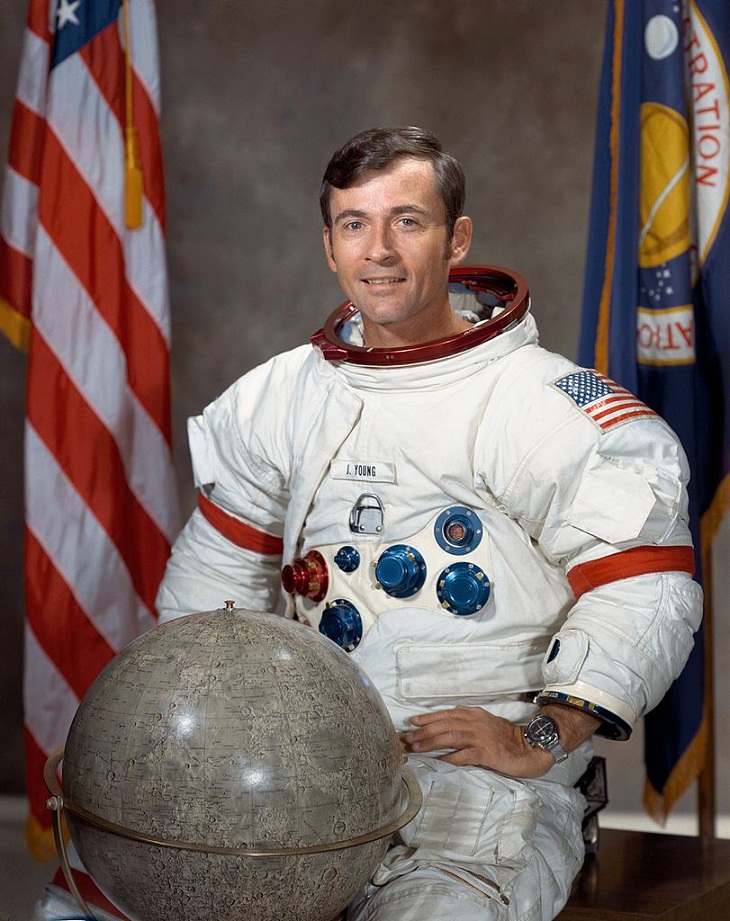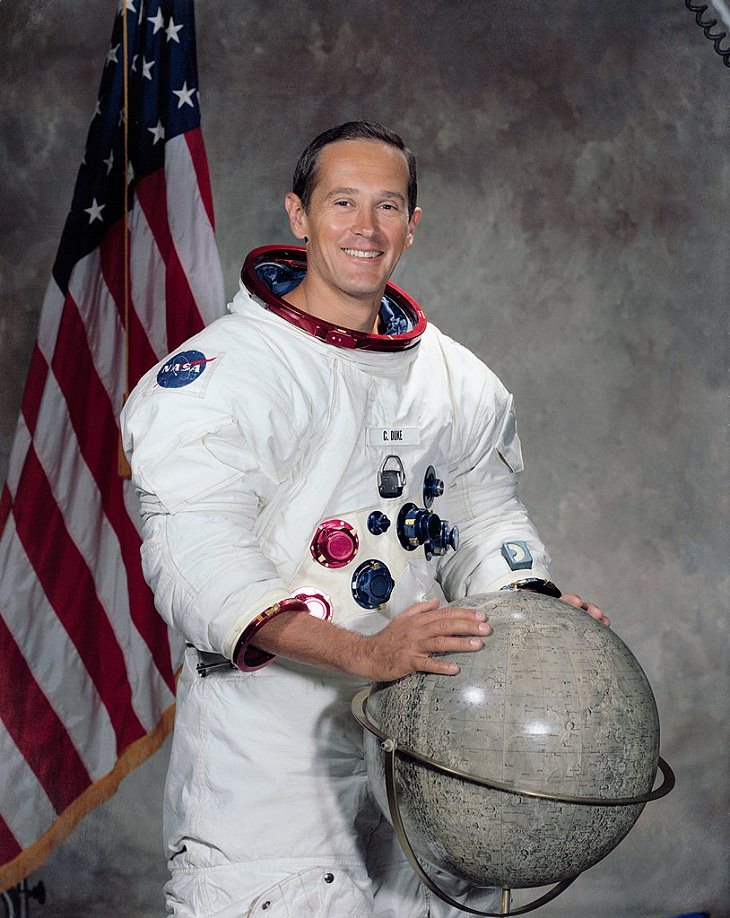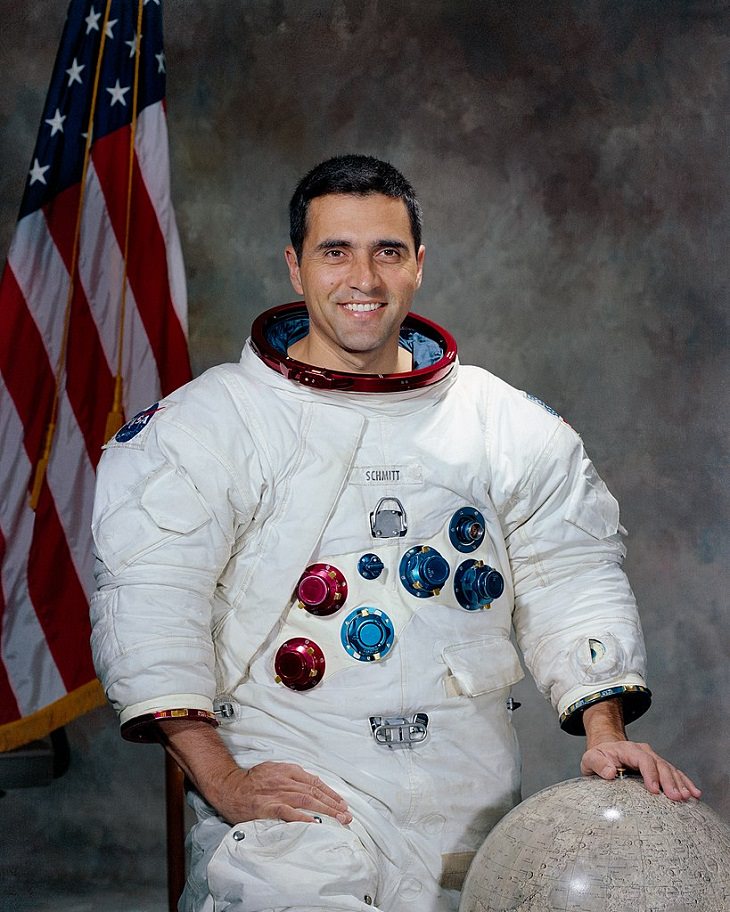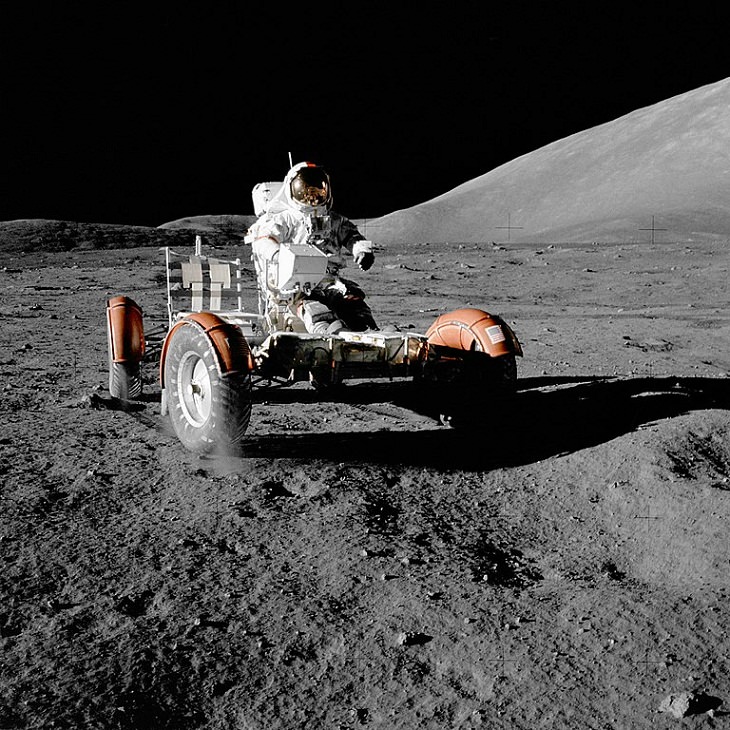No matter how many people achieve this feat now, Neil Armstrong will forever be remembered in history as the first-ever man to have walked on the moon’s surface.
"That's one small step for man, one giant leap for mankind," Armstrong is famously quoted as saying after walking on the moon. However, he later revealed that he meant to say "one small step for a man."
A navy test pilot, engineer, and Korean War veteran, Armstrong initially worked as an experimental test pilot for NASA and was assigned as an astronaut in 1962. Four years later, he took part in the Gemini 8 space mission where he carried out the first successful space docking procedure. When the Apollo 11 mission was planned, Armstrong was selected as the commander of the mission and became the first man to walk on the moon on 20 July 1969. Armstrong was 38 years old then and after his return to Earth, he and his crew were honored with a series of awards and acclaims.
He resigned from NASA in 1971 and became a professor of Aerospace Engineering at the University of Cincinnati. Armstrong died in 2012 at age 82 but his inspiring feat will continue to motivate people forever.
2. Buzz Aldrin
Buzz Aldrin was the second man to set foot on the moon and was a chief part of Neil Armstrong’s Apollo 11 mission crew in 1969.
Born in New Jersey, USA, Aldrin was a fighter pilot and flew in the Korean War. He was selected by NASA for the next Gemini mission in 1963 and six years later he went on to take part in the historic Apollo 11 mission. Later on, he became a successful author, writing many sci-fi books for children as well as memoirs of experiences as an astronaut.
Interestingly, Aldrin isn’t fond of always being called “the second man to walk on the moon”. “As the senior crew member, it was appropriate for him (Armstrong) to be the first. But after years and years of being asked to speak to a group of people and then be introduced as the second man on the moon, it does get a little frustrating. Is it really necessary to point out to the crowd that somebody else was first when we all went through the same training, we all landed at the same time and all contributed? But for the rest of my life, I'll always be identified as the second man to walk on the moon,” Aldrin was quoted as saying in an interview.
Aldrin, now 90, continues to help promote space exploration.
3. Charles Conrad
“Whoopee! Man, that may have been a small one for Neil, but that's a long one for me.” This is what Charles "Pete" Conrad exclaimed after stepping onto the moon. The American NASA astronaut was also an aeronautical engineer, naval officer and aviator, and test pilot.
In 1966, Conrad was the commander of Gemini 11 and led the Apollo 12 space mission three years later, where he became only the third person to walk on the moon's surface. His fourth and final spaceflight was in 1973 as commander of the Skylab 2 mission, the first U.S. orbital space station. Conrad died in 1999 from a motorcycle accident at the age of 69.
4. Alan Bean
Alan Bean was the lunar module pilot of Apollo 12 and became the fourth person to walk on the moon. Bean was also the commander of the Skylab Mission II in 1973 that spent a whopping 59 days in flight.
After registering 1,671 hours and 45 minutes in space, Bean resigned from NASA in June 1981 to devote more time to painting. In the years to follow, his art evolved into a mixture of painting and sculpture and he found great praise for his works. Alan Bean passed away in 2018 at the age of 86.
5. Alan Shepard
Alan Shepard was one of NASA's first seven astronauts and became the first American in space when the Freedom 7 spacecraft took flight from Cape Canaveral, Florida, on May 5, 1961. A U.S. Navy test pilot, he was assigned as commander of the Apollo 14 mission to the moon in 1971 and went on to spend 9 hours and 17 minutes exploring the moon's surface. In fact, Shepard also made history by becoming the first person to play golf on the moon (he had carried a specially designed golf club just for this purpose).
Shepard retired in 1974 and went into private business. He even co-authored a book titled “Moon Shot: The Inside Story of America's Race to the Moon” in 1994. He died in 1998, at the age of 74, after a long battle with leukemia.
6. Edgar Mitchell
Ed Mitchell had joined commander Alan Shepard on the Apollo 14 mission to the moon in 1971 and became the sixth man to walk on the moon. He had started off as a test pilot and earned a Ph.D. in Aeronautics and Astronautics from MIT after putting in nine years' worth of effort. In 1966, he was selected for the astronaut corps by NASA and was assigned the role of the lunar module pilot for the Apollo 14 mission. Mitchell helped collect 94 pounds (42.6 kg) of lunar rock and soil samples that were later sent for analysis across the world.
Mitchell passed away in 2016, at the age of 85, on the eve of the 45th anniversary of his lunar landing.
7. David Scott
David Scott is one of three astronauts who have flown both earth orbital and lunar Apollo missions. After completing his graduation, Scott joined the Air Force and was selected as an astronaut in 1963. He accompanied Neil Armstrong on the Gemini 8 mission and was the command module pilot on Apollo 9 in 1969. Scott got the coveted opportunity to walk on the moon when he went on the Apollo 15 mission in 1971. Along with fellow astronaut James Irwin, Scott spent 18 hours examining the lunar surface in the Lunar Roving Vehicle - a battery-powered four-wheeled rover used on the Moon
Scott retired from NASA in 1977 after logging 546 hours and 54 minutes in space. He is currently 88 years old.
8. James Irwin
James Irwin was a NASA astronaut who was the eighth man on the moon. He became an astronaut in 1966 and was selected as a lunar module pilot for the Apollo 15 mission in 1971. Irwin spent close to 19 hours on the lunar surface and collected many samples of rocks.
During the mission, Erwin performed several spacewalks on the surface and also picked up the Genesis Rock - a piece of the moon's crust that is more than 4 billion years old. To this day, that remnant of the moon's crust is providing researchers great information on how the solar system might have been formed.
Unfortunately, Irwin showed signs of heart trouble while he was on the surface. A few months after returning, he suffered his first heart attack. Despite that setback, however, Irwin was inspired by his achievement and wanted to take new challenges in his life.
Irwin left NASA in 1972 and started the High Flight Foundation, a Colorado Springs-based religious organization. He died in 1991 of a heart attack at the age of 61.
9. John Young
John Young was NASA's longest-serving astronaut and was the ninth human to have walked on the moon. In his prolific career as an astronaut, Young was a part of three different programs: Gemini, Apollo, and the first space shuttle flight (in 1981). He orbited the moon on the Apollo 10 mission in 1969 and then, as the commander of the Apollo 16 mission in 1972, he landed on the lunar surface.
Young courted controversy during the Gemini 3 mission in 1965 when he sneaked in a corned beef sandwich onto the flight that greatly angered NASA. However, he ended his career on a high note in 2004, clocking an impressive 15,000 hours of spaceflight training across four decades. Young died in 2018, following complications with pneumonia. He was 87.
10. Charles Duke
"There was a contrast between the black sky of the moon and the brightness of the lunar surface. It was an incredible contrast," Charlie Duke said in an interview about his experience of walking on the moon. Duke was the youngest man to walk on the moon at the age of 36 years and got that opportunity during the Apollo 16 mission in 1972. Duke is also known for his vital part as Capcom — the spacecraft communicator — during the thrilling landing of Apollo 11.
He retired from NASA in 1975 after reaching the rank of Brigadier General in the U.S. Air Force. Duke is 85 years old.
11. Harrison Schmitt
Jack Schmitt started off his career as a geologist but eventually became the first scientist in outer space. He was selected by NASA in 1965 and in his initial years he presented moon-bound crews with crucial information on how to identify and catalog geologic features on the moon.
Schmitt was selected to be a backup crew member for Apollo 15 and was assigned to fly to the moon on the Apollo 18 mission. However, when the mission was canceled in 1970, he got a slot two years later on Apollo 17, the last mission to the moon. Along with Gene Cernan, Schmitt spent three days on the lunar surface, which remains a record. The two even drove their Lunar Roving Vehicle around to collect vital samples for analysis.
Schmitt resigned from NASA in 1975 and served as Senator for New Mexico from 1977 to 1983. He is 85 years old today and lives in Silver City, New Mexico.
12. Eugene Cernan
Eugene Cernan remains the last man to have stepped on the moon. Cernan, who passed away in 2017, made his historic expedition to the moon in December 1972 as commander of the Apollo 17 mission.
"As I take man's last step from the surface, back home for some time to come – but we believe not too long into the future – I'd like to just (say) what I believe history will record,” were Cernan’s famous words when he was about to climb up the lunar ladder for the last time.
He is also famous for writing his daughter’s initials — T DC — in the lunar dust, a gesture that won the hearts of innumerable parents all over the world.
Cernan had started off as a Navy pilot and was accepted into the astronaut program in 1963. His first space flight was on Gemini IX in 1966, followed by the Apollo 10 mission in 1969. During the Apollo 17 mission, Cernan finally touched down on the moon’s surface. As he was exploring the lunar environment, he came across orange regolith or moon soil. It was later found that the material was tiny bits of colored glass and helped scientists understand much about the moon’s atmosphere.
Cernan retired from the Navy and from NASA in 1976 and went on to establish an aerospace technology firm. He even wrote a book, sharing his experiences as an astronaut. He died in 2017, in Texas.
Liked this article? Share it with your friends and family...

